Volkswagen ID.7 debuts with 700km range
German giant’s biggest EV breaks cover; five-metre electric sedan to enter production this year
Volkswagen is set to launch its first electric sedan this year, the 2023 Volkswagen ID.7. This new EV will join the ID.3 hatch, ID.4 and ID.5 SUVs, and the ID. Buzz van and people-mover. The ID.7 will be the first Volkswagen EV on the German car-maker’s MEB platform to use an electric motor developed in-house and will have up to 700km of EV range from its biggest 86kWh lithium-ion battery pack. It will launch in both Europe and China in the third quarter of the year, with North American release planned for next year. The ID.7 will be powered by a rear-mounted permanent-magnet synchronous motor and will be launched first as the ID.7 Pro, with a standard 77kWh (net) battery. Volkswagen hasn’t confirmed the more efficient new APP550 motor’s outputs, but they’re likely to be around 150kW and 310-320Nm – around the same as the entry-level ID. Buzz. The ID.7 will charge at 22kW AC or up to 170kW on a DC fast-charger, while the later-arriving 86kWh battery in the ID.7 Pro S will charge at up to 200kW. There is a new trick that automatically pre-conditions the battery on approach whenever the driver approaches a programmed-in fast-charger on the navigation system. The ID.7 will be the biggest sedan yet on the MEB EV architecture at 4961mm, which is longer than even the standard ID. Buzz by 249mm. It’s 377mm longer overall than the ID.4 medium SUV, plus 195mm longer in wheelbase and 10mm in width, at 1862mm wide. It’s also 1538mm high, so it’s no SUV, and its sloping rear roofline does not permit the rumoured third row of seating, so it’s stuck with five seats. The ID.7 will have a new climate control system with active vents, a new HUD and a new 15-inch multimedia display. It will also feature new massage seats, a 700-Watt Harman Kardon sound-system option with 14 speakers and a 16-channel amplifier, plus four pre-configured sound ‘packs’ including Pure, Relax, Speech and Vibrant. The ID.7 will also have a Level 2+ driver-assistance system called Travel Assist, which uses swarm technology to take control of the car at speeds above 90km/h, including autonomous lane-change manoeuvres. A memory function for the parking assistance system allows the car to self-park for up to 50 metres if it has driven that piece of road or driveway before. It can be controlled via a smartphone app, with the driver inside or out. The 2023 Volkswagen ID.7 is set to be a game-changer in the electric vehicle market, with its long range and innovative features. It will be a great addition to the Volkswagen ID lineup and will no doubt be a popular choice for EV buyers.
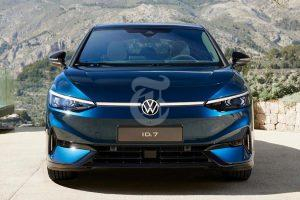
Volkswagen’s upcoming ID.3 hatch, ID.4 and ID.5 SUVs and ID. Buzz van and people-mover will get a more conservative, longer-range electric sedan brother this year with the launch of the 2023 Volkswagen ID.7.
Advertisements

Boasting up to 700km of EV range from its biggest 86kWh lithium-ion battery pack, the Volkswagen ID.7 will launch in both Europe and China in the third quarter of the year.
Volkswagen remains tight-lipped on when the ID.7 EV sedan will arrive in Australia, where the other VW ID models are confirmed for release by early 2024, but the big battery-powered sedan won’t hit North America until next year, when local production will supplement its German plant.
The Volkswagen ID.7 is the first Volkswagen EV on the German car-maker’s MEB platform to use an electric motor developed in-house and will court controversy by ditching the traditional instrument cluster.
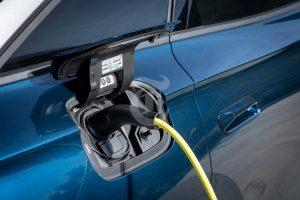
Instead, it will deliver all of the legally mandated driver’s information through a standard, augmented-reality head-up display.
There is a small digital screen in front of the driver, but the ID.7 has a standard HUD to deliver speed and warning information, plus virtual projections of lane markings, road signs, including speed zones and turning information.
Drivers can use the multi-function steering wheel to customise the HUD display, which shows a projection that ‘feels’ around 3.5 metres in front of the vehicle, though the navigation information is typically 10 metres in front of the car.
Powertrain and charging
The 2023 Volkswagen ID.7 will be launched first as the ID.7 Pro, with a standard 77kWh (net) battery to power its rear-mounted permanent-magnet synchronous motor.

Volkswagen hasn’t confirmed the more efficient new APP550 motor’s outputs, but they’re likely to be around 150kW and 310-320Nm – around the same as the entry-level ID. Buzz.
Apart from a water heat-sink and an oil-and-water cooling system for thermal stability, there’s also a new inverter alongside the motor and the two-stage, single-speed gearbox on the rear axle.
Running a 400-volt electrical system, the ID.7 Pro charges at 22kW AC or up to 170kW on a DC fast-charger, while the later-arriving 86kWh battery in the ID.7 Pro S will charge at up to 200kW.
Volkswagen has not released charging times for either variant, but they will be much quicker than the ID.4, which maxes out at 135kW.
There is a new trick that automatically pre-conditions the battery on approach whenever the driver approaches a programmed-in fast-charger on the
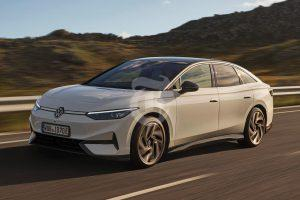
navigation system.
The longer-range ID.7 Pro S has the same electric motor, so it ekes out another 85km of range, with Volkswagen claiming a WLTP figure of 700km – 190km more than the ID.4 and 220km more than the entry-level ID. Buzz.
Size and tech
The Volkswagen ID.7 will be the biggest sedan yet on the MEB EV architecture at 4961mm, which is longer than even the standard ID. Buzz by 249mm.
It’s 377mm longer overall than the ID.4 medium SUV, plus 195mm longer in wheelbase and 10mm in width, at 1862mm wide.
It’s also 1538mm high, so it’s no SUV, and its sloping rear roofline does not permit the rumoured third row of seating, so it’s stuck with five seats.
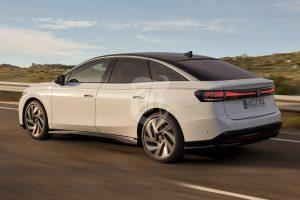
But most of the size is given over to interior space, with a 2966mm wheelbase that is about what you’d expect of a luxury limousine.
It also has its little brother covered for range, with the same 77kWh battery pack eking out another 105km of claimed WLTP range.
Volkswagen hasn’t claimed a weight figure for the ID.7, but the smaller ID.4 is 2123kg with the ID.7’s entry-level battery pack, so expect at least a hundred kilos added on.
It has adopted a handful of significant new safety technologies, including a Level 2+ driver-assistance system called Travel Assist, which uses swarm technology to take control of the car at speeds above 90km/h, including autonomous lane-change manoeuvres.
A memory function for the parking assistance system allows the car to self-park for up to 50 metres if it has driven that piece of road or driveway before. It can be controlled via a smartphone app, with the driver inside or out.
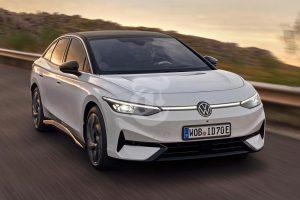
Interior
Unlike the ID.3 and ID.4, Volkswagen has gone radical with the ID.7 cabin, filling it with new technologies everywhere.
There is a new climate control system with active vents, a new HUD and a new 15-inch multimedia display – a near-free standing screen featuring a restructured MMI menu navigation, with a display divided into two permanently visible touch bars and a main home screen.
It runs everything from navigation to audio system and can be controlled via a new voice-assistant system that VW insists is more intuitive than ever.
The ID.7 also features new massage seats, which have 10 air cushions in the base and backrest, adaptive climate control and 14 adjustment options.
There will also be a 700-Watt Harman Kardon sound-system option with 14 speakers and a 16-channel amplifier, plus four pre-configured sound ‘packs’ including Pure, Relax, Speech and Vibrant, though the equalizer can be individually adjusted.
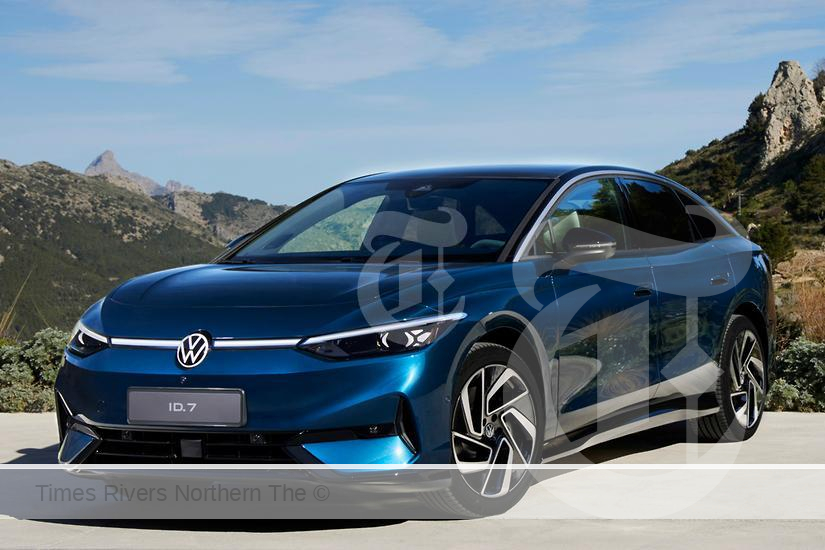

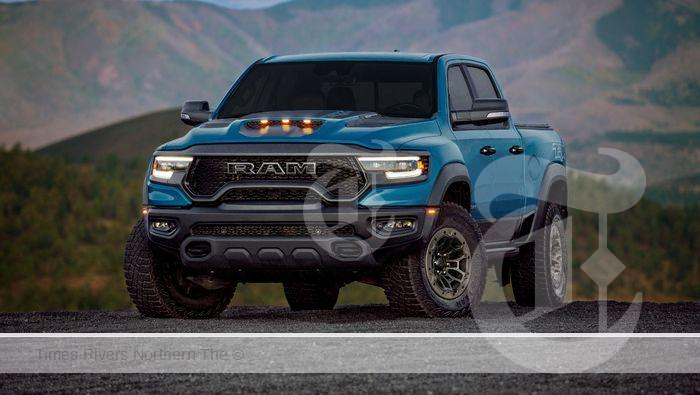
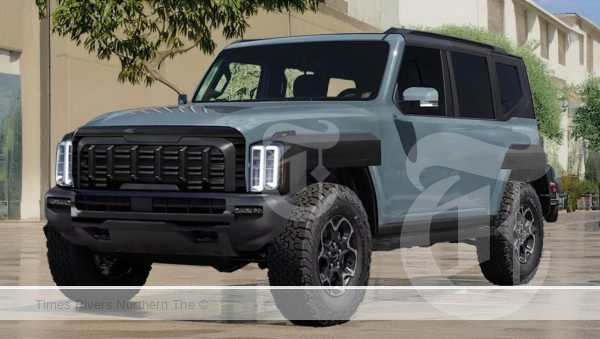

 Tweed Shire News2 years ago
Tweed Shire News2 years ago
 Motoring News1 year ago
Motoring News1 year ago
 COVID-19 Northern Rivers News3 years ago
COVID-19 Northern Rivers News3 years ago
 COVID-19 Northern Rivers News3 years ago
COVID-19 Northern Rivers News3 years ago
 Northern Rivers Local News3 years ago
Northern Rivers Local News3 years ago
 Health News3 years ago
Health News3 years ago
 COVID-19 Northern Rivers News3 years ago
COVID-19 Northern Rivers News3 years ago
 NSW Breaking News3 years ago
NSW Breaking News3 years ago













































